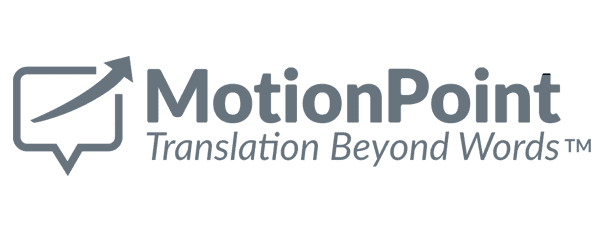




According to CX experts, one of the most effective ways for companies to create profitable, sustainable relationships among multilingual and international buyers is to provide localized customer experiences.
At least 75% of global customers prefer to do business in their native languages, and are far less inclined to make purchases on sites they cannot read. More importantly, buyers won't become satisfied customers-much less long-term ones-if they aren't supported, post-purchase, with a localized customer journey.
Translating your organization’s secure customer account-management portal—and other customer-facing portal content such as support assets—is a critical element to successfully:
However, how well you succeed largely depends on what kind of translation approach you take with your portal. There are two primary approaches: translations provided by humans, or with software (aka machine translation).
Both have advantages and disadvantages, which can impact factors such as accuracy, conversion rates and costs. Regardons ce point de plus près.
Machine translation solutions from companies like Google and Bing have come a long way in the past five years. And breakthroughs in Neural Machine Translation (NMT) software have made machine translation an increasingly viable option for some businesses. This is because:
Machine translation offers several advantages, including:
Cependant, les inconvénients apparaissent lorsqu'on regarde à quel point la traduction automatique est encore bien éloignée de ce que font deux êtres humains communiquant entre eux :
Great vendors provide professional linguists who are fluent in their customers’ industries, brands, languages and cultures of international markets. Studies indicate time and again that human translation generates superior engagement, conversions and credibility among multilingual customers.
Some vendors can combine human and machine translation approaches to mitigate localization costs. Une approche hybride idéale utilisera la traduction humaine pour les pages générant le plus de trafic, où la nuance et la précision du message sont essentielles. La traduction automatique peut ensuite servir pour des contenus moins sensibles où le choix des mots n'a pas la même importance.
As you explore portal translation solutions, look for a partner that can help you achieve success through a translation process that is, ideally, invisible to the reader.
Cela signifie que vous devez trouver une technologie et une solution clés en main aussi agile et souple que vos besoins.
These solutions can provide world-class human and machine translation options for your multilingual portal, and accommodate unique requests—such as using the hybrid approach on specific webpages, or within specific sections of webpages—to deliver superior results while controlling costs.